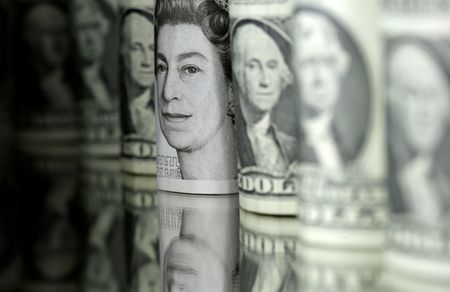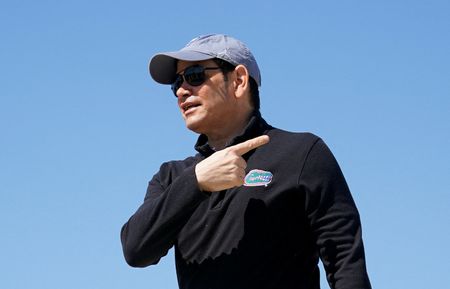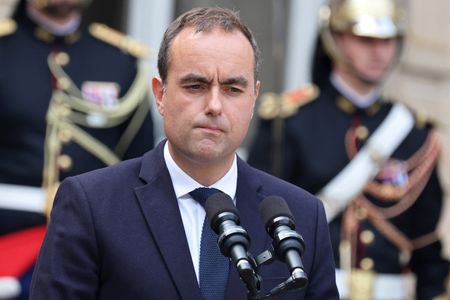By Yadarisa Shabong
(Reuters) – The British pound climbed against the dollar and the euro on Monday after U.S. President Donald Trump excluded smartphones and computers from his tariffs, offering some respite although uncertainty over trade persisted.
The dollar was broadly weaker against major peers as nervous investors pulled some money out of U.S. assets and piled into other currencies, such as the euro, amid tariff-induced uncertainty over the U.S. economy.
Trump on Sunday said he would be announcing the tariff rate on imported semiconductors over the next week, indicating that the exemptions for smartphones and computers from his tariffs on China likely will be short-lived.
Sterling rose for the fifth-straight session against the greenback and was last up 0.4% to $1.31825, hovering close to its six-month high of $1.3207 hit on April 3.
Against the euro, the British currency regained some footing, coming off its November 2023 lows seen on Friday.
The euro was down 0.3% at 86.45 pence. Still, the shared European currency is up more than 3.5% on the pound since Trump announced what he calls “reciprocal” tariffs.
“We thought the sterling/euro would largely hold its ground, even if we did see these big haven flows in large part because that has been the market bias for many, many years,” said Nick Rees, head of macro research at Monex Europe.
“As markets, I think, continue to assess, the UK is likely to become a beneficiary of some of these flows as well.”
Markets are also focusing on UK employment and inflation data due this week.
Bank of England interest rate-setter Megan Greene said on Saturday it was unclear what Trump’s import tariffs would do to UK inflation with the unpredictable behaviour of the dollar adding to the puzzle.
UK gilt yields declined on Monday after last week’s Trump tariffs surge.
(Reporting by Yadarisa Shabong in Bengaluru; Editing by Sharon Singleton)











